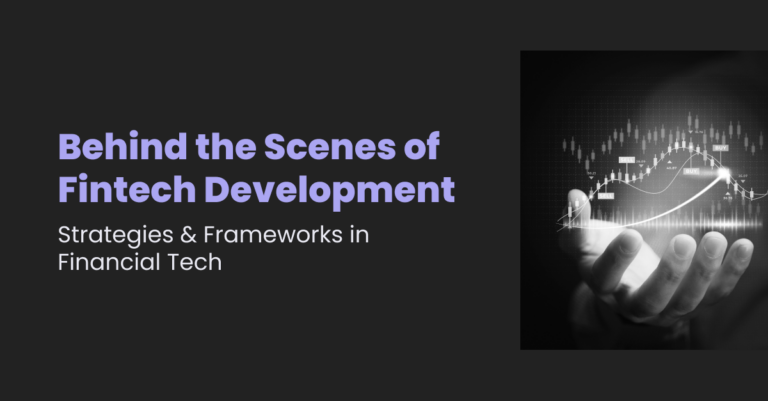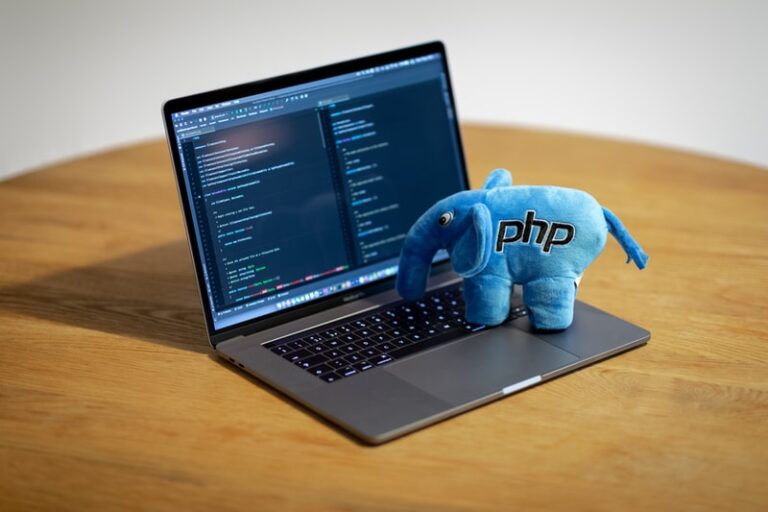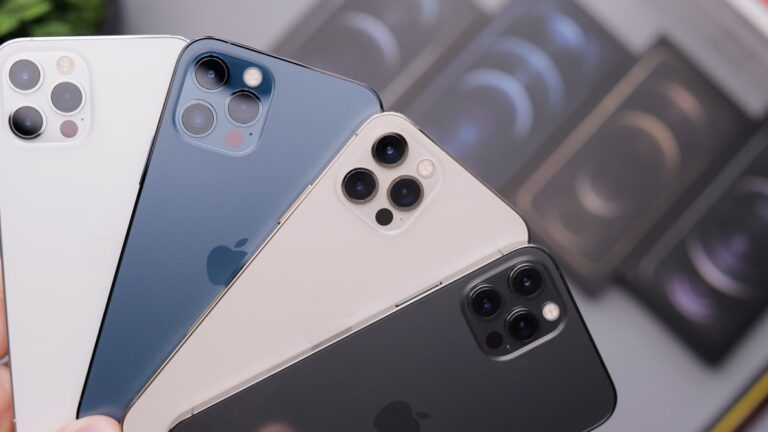Every visit to a website today costs something. We strive to bring as many quality visitors as possible to the company’s website for the lowest possible price. Mass traffic to the website is achieved through the right approach to online advertising, and Pay per Click can be one such approach.
Pay per Click (PPC) is a marketing model in which advertisers pay a fee each time someone clicks on their ad. To find out more about what PPC is and the best ways to use it, keep reading below.
What Is Pay per Click?
PPC or pay-per-click advertising is a method of online marketing in which you can place ads in strategic places on the web and pay only if a visitor clicks on them.
It is important to measure the performance and relevance of your ads while you are running a campaign – this is where CPC or cost-per-click comes in. CPC calculates the total cost of your PPC campaign.
And because the vast majority of all digital marketing budgets will continue to be dedicated to display ads and search advertising, understanding the appropriate metrics for running effective online advertising campaigns is critical.
PPC Efficiency
Pay-per-click management is an inevitable part of using PPC, including calculating the cost per click (CPC). This is the cost to an advertiser each time someone clicks on their ad. Most advertising platforms require a CPC before new campaigns can even begin. This, of course, leads to the question: “What’s a good cost-per-click?”
Cost-per-click is under the influence of a variety of factors. These include the platform on which you advertise, the way you advertise, the audience you target, the product or service you advertise, and your bidding strategy.
You should strive to achieve a cost-per-click that generates your desired return on investment (ROI).
Why Is CPC Important in Advertising?

CPC is a crucial metric for pay-per-click management because it helps you:
- Understand how much you spend on clicks on your ads;
- Compare how successful your advertising campaigns are compared to competitors;
- Identify which ads, ad groups, or campaigns provide the best return on investment;
CPC can serve as a benchmark to measure the performance of your ads and whole advertising strategy. Having an inflated CPC means you probably have room for improvement, such as improving your Quality Score or adjusting your ad targeting.
How Do I Calculate My Average Cost-per-Click (CPC)?
It’s helpful to know your average CPC, as you can calculate this amount for a specific ad group or campaign to gain insight into the performance of your strategy. Average CPC is calculated as:
Total CPC / total clicks = average CPC cost
If you don’t want to do the math manually, you can find many free CPC calculators online.
What Is the Average Google Ads Cost-per-Click?
The average price on Google Ads is $1 to $2. If you advertise on the Google Display Network, your average CPC will be less than $1.
How to Calculate the Ideal CPC?
Your ideal cost-per-click will be determined by your target ROI or return on investment. A ratio of revenue vs. ad cost of 5:1 is acceptable in most cases. This means you get $5 for every $1 spent on advertising. Another way of expressing this ratio is 20% of the cost per campaign.
How Does Your Selling Price Affect Your Cost-per-Click?
When it comes to online advertising, the cost-per-click will be mostly influenced by the type of product or service being advertised. The more expensive your product or service, the more your competitors will be willing to pay per click.
Most online advertising platforms (including the new Google Ads interface) are based on the principle of auctions. Advertisers determine how much they’re willing to pay for each click, and those who are willing to pay more have their ads placed higher on the page among Google’s results, or their ad is more likely to show.
Let’s look at an example; If you sell a product worth $20,000 and your website and sales team can convert one of all 200 ad clicks into a purchase (0.5% conversion rate), you should be prepared to pay $20 per click on your ad.
Consequently, this means that you paid to click $4,000 for the ad and get $20,000 when selling the product or service (where this is a 0.5% conversion rate).
For companies selling lower-priced products, the math is the following: If your product sells for $200 and you convert one of the fifty clicks on the ad into sales, you should target a $0.80 cost-per-click. Therefore, fifty clicks of $0.80 represent one sale worth $200, so your investment of $40 reaches a 5:1 ratio.
Use the formula below to help calculate your target CPC:
Target cost-per-click (CPC) = (sales revenue X conversion rate on your website) x 0.2
3 Ways to Lower Your CPC

To see the best results in your campaign, you need to keep your CPC low to allow more clicks on your cash deposit. A low cost-per-click will allow you to increase the profitability of your advertising campaign.
Here are three ways you can lower your cost-per-click costs.
-
- Improve Your Audience
Your CPC will depend largely on your audience. After all, you are trying to target people who are interested in your products or services and encourage them to click on your ad. To lower your CPC, improve or better define your audience.
You won’t necessarily need to target only one specific group. You can group together several types of customers. For example, take baby products. You may have a group of parents you market to, but they are not the only ones buying baby products. Here, we would have a separate group of aunts and uncles or grandparents who also buy baby products. With a more specific audience, you’ll target potential customers with more relevant content. It will help increase interaction with your ads, which will lower your CPC.
-
- Create Relevant Ads
Ad relevance affects both PPC advertising and social media ads. For PPC, the relevance of your ads falls under Quality Score. This is one of the factors that affect the Quality Score of your ad. Google reviews your keyword selection and your ad to determine if your ad matches those keywords.
When your quality score is high, you get a higher ad placement and reach more valuable leads. When it comes to social media ads, ad relevance is a direct factor in your CPC. The more relevant your ad is to your audience, the lower the cost. Creating relevant ad content will help you keep your paid-to-click costs low. It will also help you achieve better results for your campaign, as you will reach your target audience with content that interests you.
-
- Use a Detailed Call to Action (CTA)
Your call to action is one of the most important parts of your ad. CTAs are important for guiding audiences in the right direction. Many potential customers will like what they see in your ad and want to take the next step.
Choosing the right CTA will encourage collaboration with your ad. Not only will it help you gain more leads and conversions, but it will also lower your CPC due to a high level of engagement.
Achieving the Best Results
To achieve maximum results during and after the pay-per-click campaign, follow the steps presented below:
Step 1 – CUSTOMER DEFINITION
The essence of successful market penetration and sales is knowing the customers, and this means determining a precise definition of a typical customer or user of our service. You should get acquainted with the personality of a typical customer and describe it in detail.
Step 2 – ADS “LOCATION”
Ads can be displayed as a result of an online search, within online content, on social networks, and by sending SMS, email, or newsletter content. Pay attention to the indicators of page traffic, position on the search engine page, quality, and ranking of the domain. During the advertising itself, determine and monitor the conversion rate and thus quickly and accurately determine which approach works.
Step 3 – BUDGET
Most often, the percentage of total sales is determined. We are talking about a range between 6 and 20%. Companies that are highly sales-oriented and not interested in spreading brand awareness (reach, display, and attribution indicators) focus on channels that are measurable in the form of ROI. Most of it is dedicated to Google search, Facebook advertising, and remarketing – i.e., the channels that achieve the fastest results.
Step 4 – AD CONTENT
Successful companies look to build a long-lasting bond with the customer. If we only sell a product or service, we will not stand out from the competition. We sell the benefits, and customers feel it on an emotional level. When we sell cosmetics, we actually sell beauty.
Step 5 – ANALYSIS OF RESULTS
Monitoring, analyzing, correcting, and repeating are key to success. Website traffic, downtime, and cost-per-click are just some of the indicators you should use to assess what works and what doesn’t.
Final Thoughts
From the point of view of the fastest possible return on financial investment, PPC certainly has an advantage, as you can get the first leads, orders, inquiries in just a week. It’s true, though, that PPC it’s just a small piece of a very large, complex advertising cake.
Marketing is a massive beast – one that can take years, if not decades, to master. And with the rapidly evolving nature of digital advertisement, it’s crucial to stay informed of all available services and strategies. At Develux, we understand the challenges and advantages of modern digital marketing. When we’re in your corner, we’ll help you overcome any obstacles and achieve amazing results. Let’s chat to get started!
















